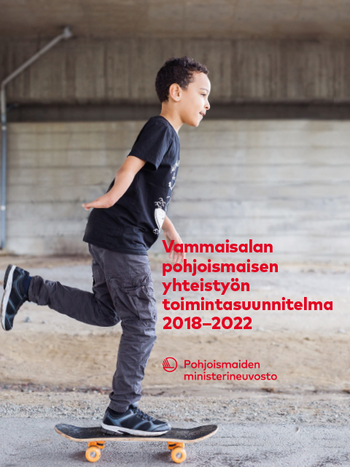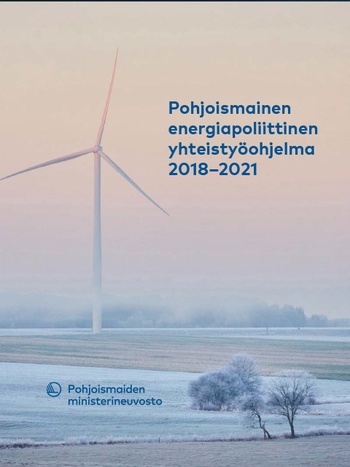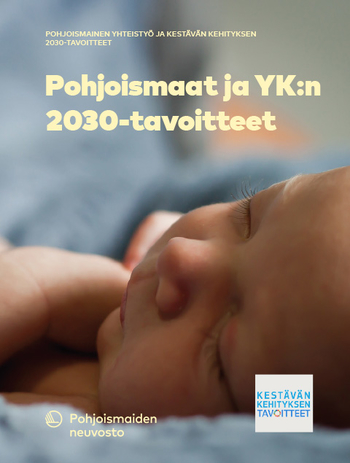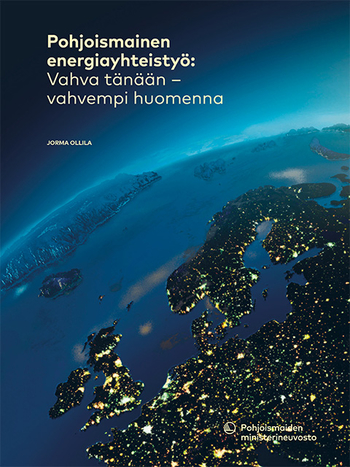Urban form, transportation and greenhouse gas emissions
Experiences in the Nordic countries
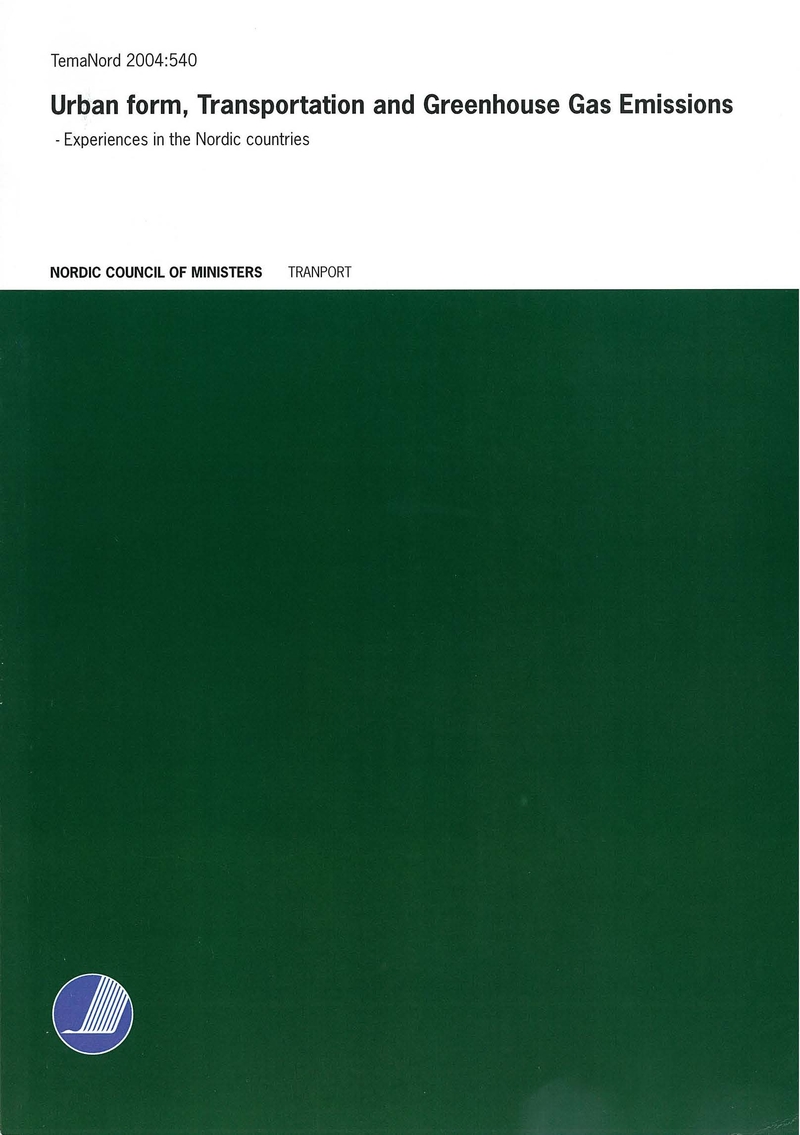
Tietoja
Julkaisupäivämäärä
Kuvaus
The Nordic countries have a lot of common features concerning urban form and transportation. Urban structure and land use have a great impact on transport volumes and on modal split and thereby also on the amount of transport related greenhouse gas emissions. Urban sprawl has been a continuous trend in all Nordic countries for decades. Intervention to this process is commonly seen as an important task.A relatively high density of urban areas, well-functioning and accessible public transport as well as high quality cycling and walking networks are measures that are most commonly referred to when aiming at reducing greenhouse gas emissions. These measures will promote other environmental and transport policy objectives as well.Instruments to develop urban form and transportation systems to reduce greenhouse gas emissions can be found in all planning and decision-making levels and sectors. These include especially land use and transport planning, urban design, certain types of taxation, financing of urban infrastructure, traffic pricing and parking policies as well as new ICT-related technologies.Better cooperation between researchers, politicians, civil servants and citizens is needed to find deeper understanding about economic, social and environmental long-term effects of decisions concerning urban development. Common understanding and interpretation of problems in the Nordic countries can promote favorable national solutions and decisions.
Julkaisunumero
2004:540

